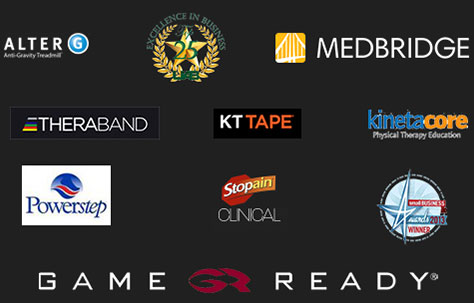The foam roller is a well-established tool in both the fitness industry and rehab space. It’s a versatile tool often used for managing soft tissues. Foam rolling can be used for various body parts and is a great option to mix in with your wellness routine or on your rest day.
Contrary to what you may have heard, foam rolling does not “break up” scar tissue, soft tissue adhesions, or connective tissue “knots”, but it does offer several benefits that might improve pain, movement, and tissue pliability / flexibility. Benefits include decreased perceptions of tightness, increased blood flow, decreased muscle guarding, mobilization with movement, and reduced muscle soreness.
Below are some of the best movements to try with a foam roller. Start slow and roll each muscle for approximately 1 minute before moving on to the next. This entire routine should take around 5-10 minutes. This can be used as part of a warm up, a way to address commonly tight areas, or post-workout for recovery / muscle soreness.
A little discomfort is expected, but it’s important to remember that healthy tissue tolerates pressure. So, if using the foam roller causes you pain – there may be a greater need at hand.
Two additional quick tips:
1) Make sure you’re not rolling over superficial bony areas like your knee cap, outside of your hip bone, edge of your shoulder, collarbone, etc.
2) Use your arms and legs to control how much pressure you put into rolling. Try to relax into the foam roller and use your arms and feet to move back and forth.


Quad / IT Band
This area of the body can greatly benefit from the foam roller because these quads commonly get tight. The quads and IT band are important for walking, running, standing, performing stairs, and squatting. Rolling the quads and IT band can help with knee pain and potentially improve exercise performance.

Hip / Glutes
This area is also commonly tight and can limit how well or how much your hip can move. Rolling the glutes and deep hip muscles can help with hip pain, lifting, squatting, and field/court sports. Hip tightness is also associated with knee pain so this area can add a lot of “bang for your buck”.

Back Extensor Muscles
Make a hug shape with your arms to make sure your shoulder blades are out of the way. Use your legs to slide and glide up and down the roller with your back, keeping your spine still. Here, we’re targeting the muscles on top of the spine, not the joints of the spine. You can use the foam roller to bring blood flow to your back and decrease perceptions of back tightness.


Postural Reverse
Since modern life and gravity tend to push us into forward, rounded postures, using the foam roller in this way can help keep us balanced and maintain normal posture. Forward, rounded postures can affect our neck, back, and shoulders. Getting extension in the upper back helps hold our head, neck, back, and shoulders in a more ideal position. In this exercise, the foam roller acts as a fulcrum to extend your reach.

Lat Muscles
Since the lats are rarely stretched by daily life, they are commonly found to be tight and restricted. Rolling out your lats can make your shoulders feel better, decrease tightness with overhead reaching, and decrease tightness in your back. This is a great addition for warming up for overhead lifting, swimming, front squats, or Olympic lifting!
If you have more questions on how to do these exercises, how to improve your fitness performance or ways to reduce pain – schedule an appointment at one of our convenient clinics!






